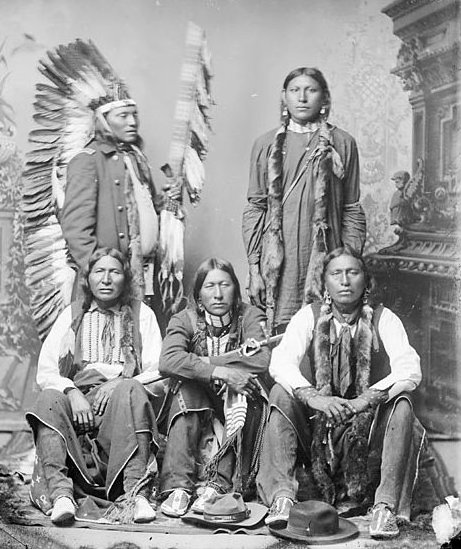In a groundbreaking revelation that is shaking the foundations of American history, recent DNA tests reveal that the Cherokee people’s ancestry is intertwined with ancient Mediterranean and Middle Eastern bloodlines, challenging long-held beliefs about Native American origins. The implications are staggering—what has been considered a straightforward narrative of migration and settlement is now clouded by a complex tapestry of genetic connections that span continents.

For centuries, the narrative surrounding Native American ancestry has been dominated by the landbridge theory, which posits that all Native Americans descended from a small group of ancestors who crossed into North America from Siberia. However, genetic testing of Cherokee descendants has uncovered an astonishing presence of haplogroups—T, U, J, H, and X—that were never expected to exist in Native American DNA. These lineages, linked to ancient civilizations in North Africa and the Middle East, raise urgent questions about the true origins of the Cherokee and their historical interactions with the world beyond their mountainous homeland.
The Cherokee tribe has firmly stated that “a DNA test is useless to determine tribal citizenship,” but the findings cannot be ignored. This genetic evidence suggests that the Cherokee may have connections to populations far older than previously thought, challenging the established narrative of American history. The discovery has sparked a firestorm of debate among scientists, historians, and tribal leaders, as it threatens to upend decades of research and understanding about the peopling of the Americas.
Elvis Presley’s lineage serves as a striking example of this complex ancestry. The King of Rock and Roll claimed both Jewish and Cherokee heritage, and DNA tests confirmed his ties to both groups. Such revelations pose profound questions about identity and heritage, and how they are defined in a modern context.

The Cherokee, resilient in the face of adversity, have preserved their culture and traditions through centuries of upheaval, including the tragic Trail of Tears. Yet, this new genetic evidence adds another layer to their identity—a dual legacy that connects them not only to the Appalachian Mountains but also to the ancient peoples of the Mediterranean and beyond.
As the Cherokee community grapples with these revelations, the implications extend beyond tribal identity. They challenge the very framework of American history, suggesting that the story of human migration is far more intricate than previously understood. The debate over how to interpret these findings is already intensifying, with some researchers advocating for a reevaluation of historical narratives that have long overlooked the complexities of Native American ancestry.

The Cherokee people stand at a crossroads, armed with the knowledge that their bloodlines carry secrets of ancient connections that defy conventional wisdom. The urgency of this moment cannot be overstated; as the scientific community begins to confront these revelations, the future of how we understand history hangs in the balance. The Cherokee DNA mystery is not just a story of the past; it is a powerful reminder that history is a web of connections, rich with untold stories waiting to be uncovered.
Stay tuned as we continue to follow this developing story, which promises to reshape our understanding of who the Cherokee are and how their legacy intertwines with the broader narrative of humanity.





